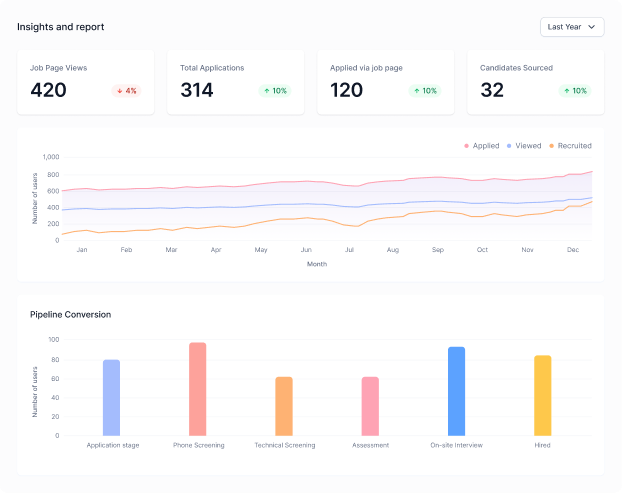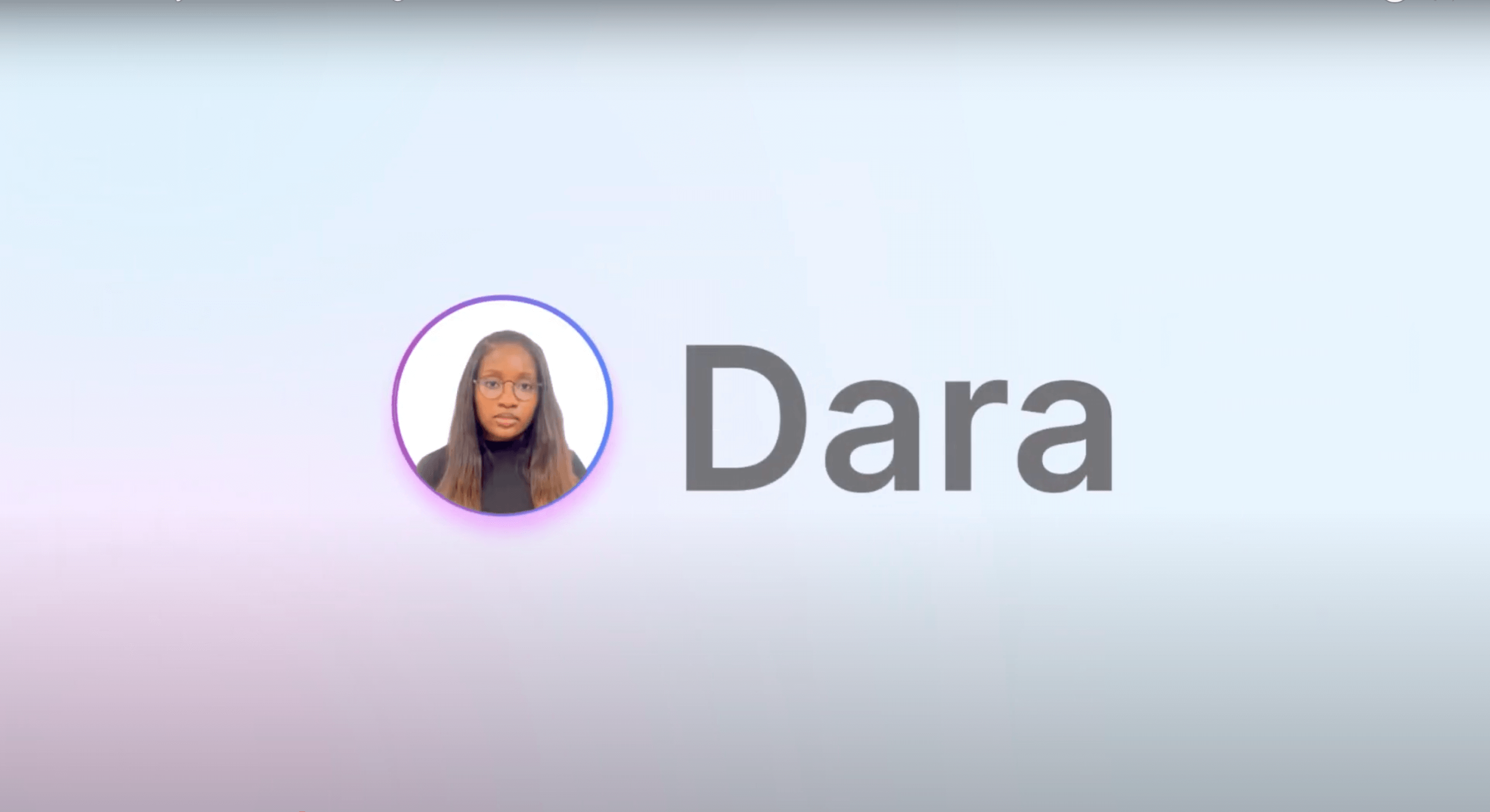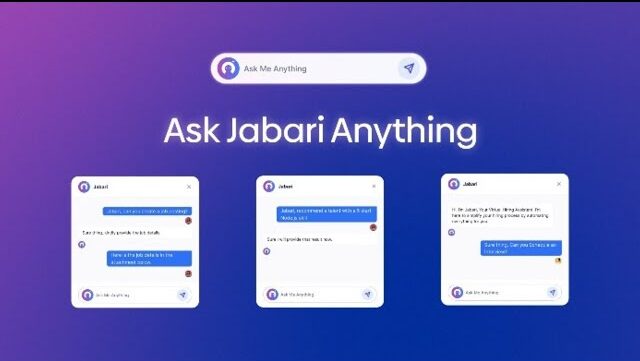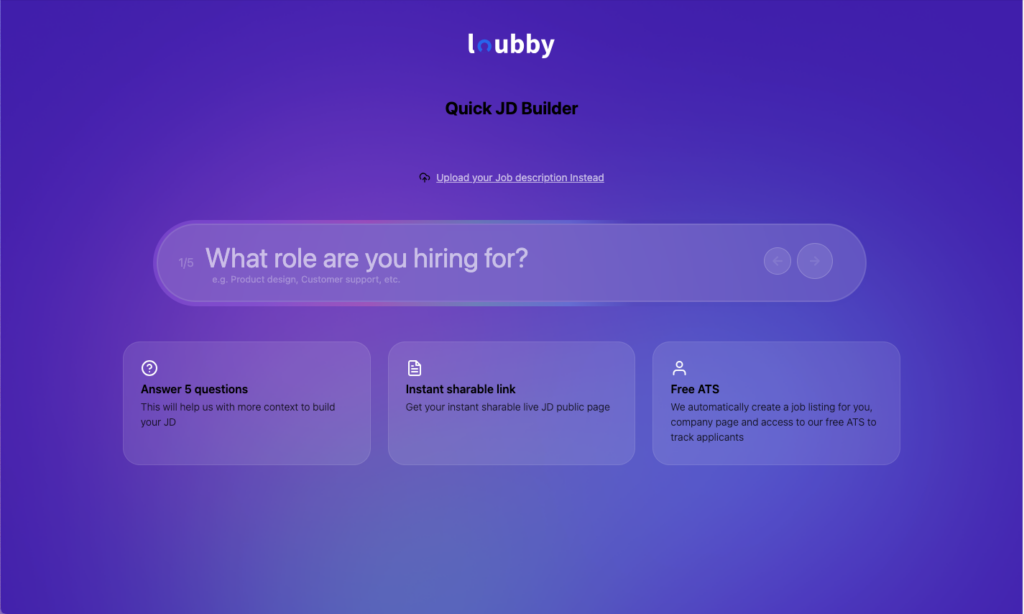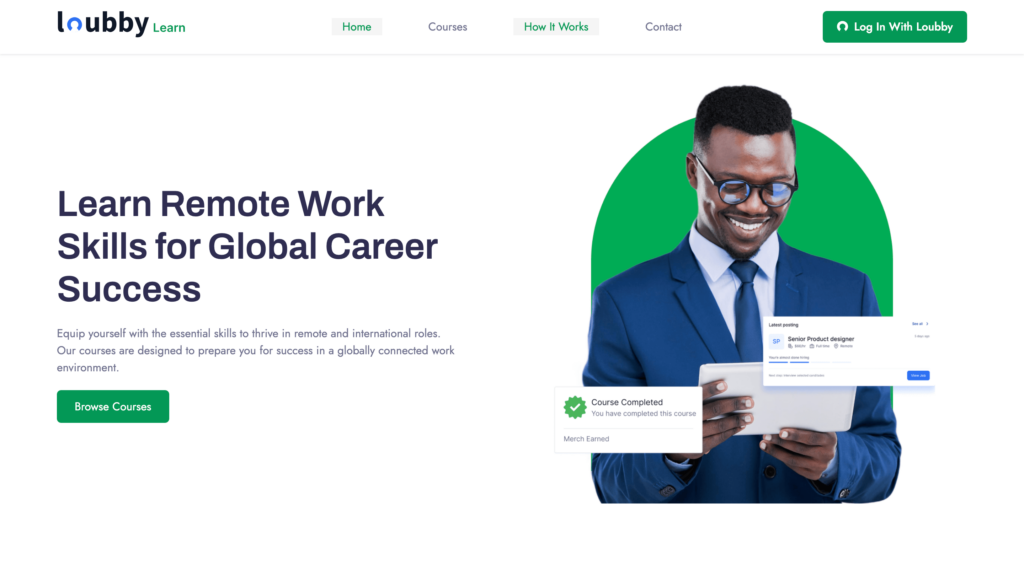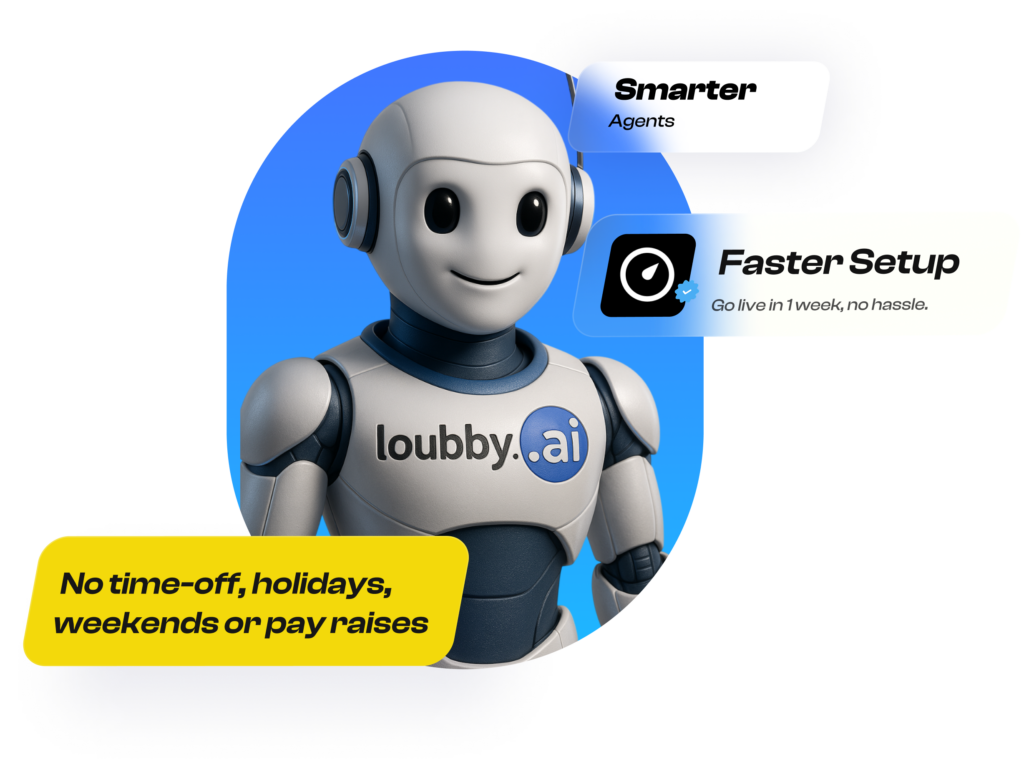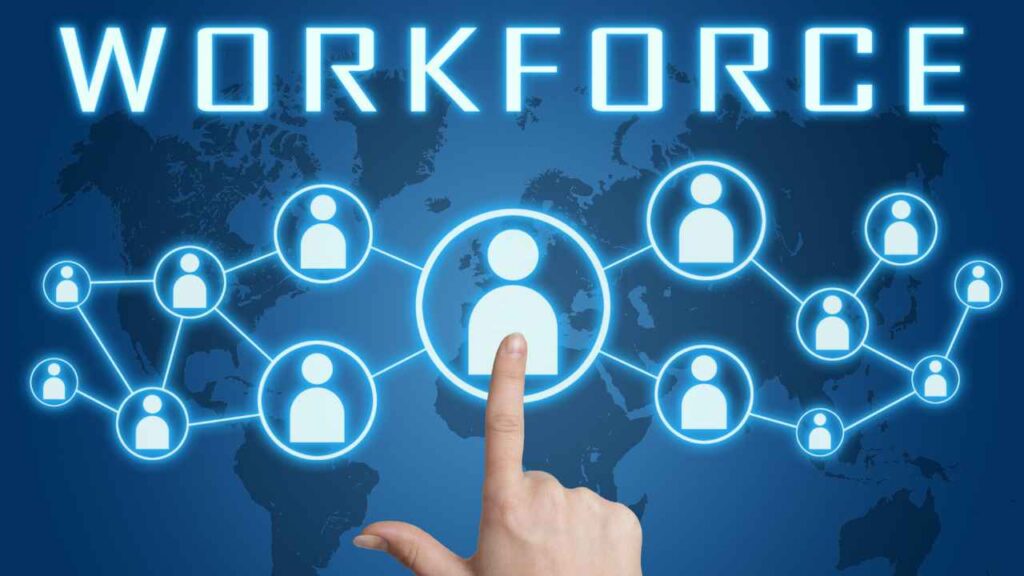Many HR teams still rely on different systems, manual spreadsheets, and stand-alone tools to manage workforce data. On the surface, it might seem harmless. But when employee records are scattered across different folders, cloud drives, and paper files, small issues start to pile up. Information gets duplicated, important updates get missed, and reporting takes far longer than it should. Over time, these small cracks in the process grow into bigger problems that affect payroll accuracy, compliance with regulations, and the ability to make quick, informed decisions.
Across companies, the need for accuracy, compliance, and speed can never be overemphasised. Regulatory requirements are becoming stricter, employee expectations are rising, and competition for skilled talent means HR teams cannot afford delays or mistakes. Whether it is updating contract details, tracking leave balances, or generating reports for management, every task demands data that is correct, up-to-date, and easy to access.
This is why bringing all workforce data into one secure, connected platform has become more than just a convenience. It is a practical way to keep records accurate, protect sensitive information, and save valuable time. In this article, you will learn clear and actionable steps to centralize your employee data, safeguard it from errors, and use it to make better business decisions.
Why Centralizing Workforce Data Is Important
Trying to manage workforce data across scattered spreadsheets, multiple software tools, and paper records is like building a house with different contractors who never speak to each other. Mistakes become common. You might find the same employee’s details entered twice under slightly different names. Payroll reports may not match attendance logs. When an auditor requests proof of compliance, it can take days to pull together what should be available in minutes. These gaps slow down decision-making and put the company at risk of fines or damaged credibility.
When all employee information lives in one connected system, HR teams work from a single source of truth. Every department sees the same records, updated in real time. This means contracts, tax forms, performance reviews, and leave requests are always in sync. Instead of wasting hours cross-checking data, teams can focus on improving employee experiences and meeting business goals.
Key Features to Look for in an All-in-One HR Platform
To manage workforce data effectively, the right platform must bring everything into one place and keep it easy to update. It should not just store information but make it simple to find, use, and trust. A few features make the difference between a basic HR tool and a platform that truly supports daily operations.
1. Centralized employee profiles
This keeps every detail in one record. Contracts, personal details, certifications, and employment history sit together so there is no need to dig through separate files. This reduces the chances of errors and saves time when you need quick access to information.
2. Built-in time tracking and attendance
This ensures accurate records without manual entry. Whether your team is in the office, working remotely, or on shifts, attendance logs feed directly into payroll and performance data, keeping everything in sync.
3. Payroll automation
This removes the back-and-forth of calculating salaries, deductions, and benefits. With accurate data feeding into payroll, employees are paid correctly and on time, and HR can focus on higher-value work.
4. Performance and review tracking
This makes it easier to measure employee progress, set goals, and give feedback. When this data is linked with attendance and other records, managers can make fair, informed decisions.
5. Data security and access controls
This protect sensitive information. With the right permissions, staff only see what they need for their role, and confidential data stays protected against unauthorized access.
How Automation Improves Accuracy and Saves Time
Automation makes it easier to manage workforce data by removing the manual steps that slow teams down. Leave requests move from form to approval without back-and-forth. Attendance flows into timesheets without retyping. Payroll pulls the right figures from verified records. Compliance checks run in the background and flag what needs attention. The work gets cleaner, faster, and more consistent.
Now think about leave tracking. A staff member applies, the line manager approves. The balance updates on the spot. No extra spreadsheet. Next, payroll. Salaries, deductions, and benefits calculate from the same source of truth. Errors shrink because the system reads what is already confirmed. HR gains time to focus on people, not paperwork.
Here is a simple case. An HR team handling payroll for 200 plus employees used to spend two to three days fixing mismatched timesheets and rerunning calculations. With a single platform, attendance rolls into payroll rules in real time. The run completes in minutes. Payslips are accurate. Staff get paid on schedule. Managers see clear reports without waiting.
Compliance follows the same pattern. Certifications close to expiry trigger alerts. Missing documents surface before audits. Access logs track who viewed or changed sensitive records. The system keeps a trail, so questions are answered with evidence, not guesswork.
With automation in place, HR sets the pace. Work moves smoothly from request to record to report. Teams save hours each month, reduce slipups, and make decisions with confidence.
Using Analytics for Better Workforce Decisions
Analytics has a way of telling the truth that guesswork often hides. By studying workforce data closely, patterns begin to appear. You might notice that employees in a certain role tend to leave after a specific number of months, or you could see that high performers share similar attendance habits. These patterns are clues that help you understand why things happen and how to act before problems grow.
When you manage workforce data with real-time analytics, decision-making becomes sharper. Instead of waiting until the end of the month to review attendance or performance reports, you can spot issues as they develop. This means you can step in early to support an employee whose productivity is slipping or adjust workloads before burnout sets in.
The value lies in the accuracy and timeliness of the information. Reliable data removes guesswork and helps you act with confidence. Over time, this approach leads to better staff retention, improved productivity, and a work environment that feels more supportive. It is not about tracking for the sake of tracking. It is about using the facts in front of you to make decisions that benefit both the business and the people who keep it running.
Conclusion
When you manage workforce data in one place, everything becomes simpler. You get accurate records, faster processes, and better compliance without having to chase after scattered files or outdated reports. The information stays organised, and decisions are backed by facts instead of guesses. This means HR teams can focus on supporting people and improving workplace performance.
Centralising workforce data into one HR platform takes away the stress of switching between multiple tools. It creates a single source of truth that is easy to update, monitor, and analyse. From payroll to performance reviews, every process flows more smoothly, giving both managers and employees a better experience.
If you want to see how a single platform can help your team manage workforce data with accuracy and ease, book a demo with Loubby AI today.
